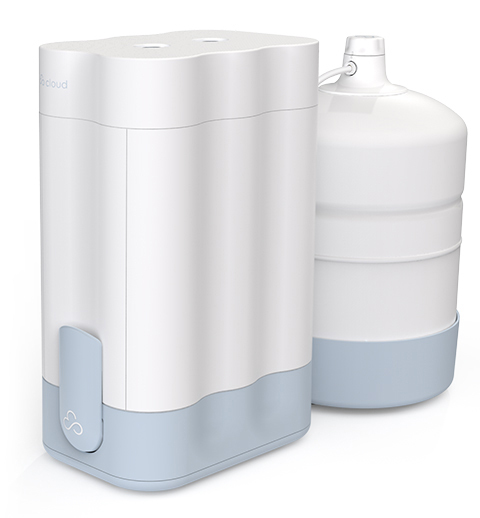Waterborne Viruses and Your Health
Rural areas and homes on private wells are the most at risk, but even people in towns and cities can experience disease outbreaks.
- Norovirus is a very contagious condition that causes vomiting, diarrhea, nausea and stomach pain. It only takes a small amount of virus particles to make you sick, and it spreads quickly.
- Hepatitis A and E can spread through contaminated water and cause inflammation in the liver. Symptoms include fever, loss of appetite, nausea, weakness and jaundice (yellow skin).
- Rotavirus is most common in young children and infants. Symptoms include loss of appetite, diarrhea, vomiting and dehydration. Adults can catch rotavirus too but the symptoms are usually much milder.
Government Regulations of Viruses In Tap Water
The Environmental Protection Agency (EPA) regulates viruses in public water supplies and requires 99.9% removal.
Most treatment plants use a combination of chlorine, chloramines and ultraviolet purification to prevent outbreaks.
If you’re on a private well, though, you’re on your own…
Private wells are unregulated by the EPA, so it’s up to you to keep your family safe.
How to Test for Viruses In Tap Water
Whether you’re on a public water supply or a private well, it’s important to test your water for viruses and other contaminants at least once a year.
Wells are more vulnerable after heavy rains and flooding, so it’s always a good idea to have your water tested more often.
Home water tests do not test for viruses --- the best way to test is to send a water sample to an EPA-certified lab.
How to Remove Viruses from Tap Water
In an emergency, boiling water for at least a minute should kill all viruses and bacteria, but more efficient solutions include chlorine, ultraviolet purification, ozone water treatment, distillation and reverse osmosis.
Chlorine is already added in water treatment plants, but if you’re on a private well you may have to use shock chlorination.
When added to water, chlorine kills viruses and other pathogens by busting through the cell walls and destroying them from the inside out.
If you treat your well with chlorine, you should also install an activated carbon filter or a reverse osmosis (RO) filter to remove the chlorine before it reaches your tap.
Ultraviolet (UV) systems kill viruses by blasting their DNA with ultraviolet rays.
They’re most effective when the water is first treated with a sediment filter to remove dirt and debris.
Fortunately, most UV systems come equipped with a sediment prefilter.
Water distillers use a process called distillation to eliminate viruses.
They work by evaporating the water and collecting the condensed steam in a separate container.
The viruses and bacteria are left behind and your drinking water is left pathogen-free.
Ozone water treatment removes viruses through oxidation.
First, an oxygen compound called ozone is created using an ozone generator. It is then added to the water where it oxidizes and kills the viruses, bacteria and parasites.
Ozone treatment is extremely efficient and fast-acting.
RO systems remove viruses, bacteria and up to 99.9% of all harmful contaminants.
They work by forcing pressurized water through a membrane with very small pores, allowing purified water to flow through and trapping viruses and pollutants on the other side.
RO filters combine several extra layers of filtering to keep your family safe, including:
- Sediment prefilters to remove rust, dirt and debris
- Activated carbon filters to remove chlorine and improve taste
- Ion exchange resins to remove hard minerals
- Polishing filter to remove any remaining contaminants
High-end RO systems also include a final remineralization stage to add healthy electrolytes back into the water.
Cloud Water Filters use built-in software to track water usage and automatically ship replacement filters right to your door.
You can even monitor your water quality 24/7 through an app on your phone.
Click here to learn more.

